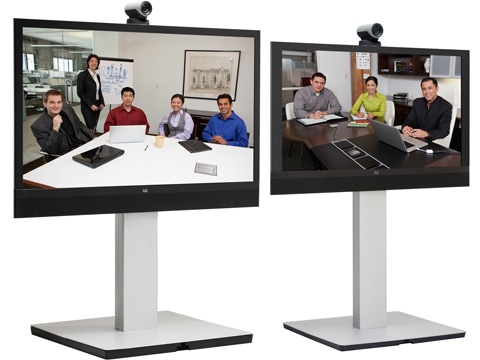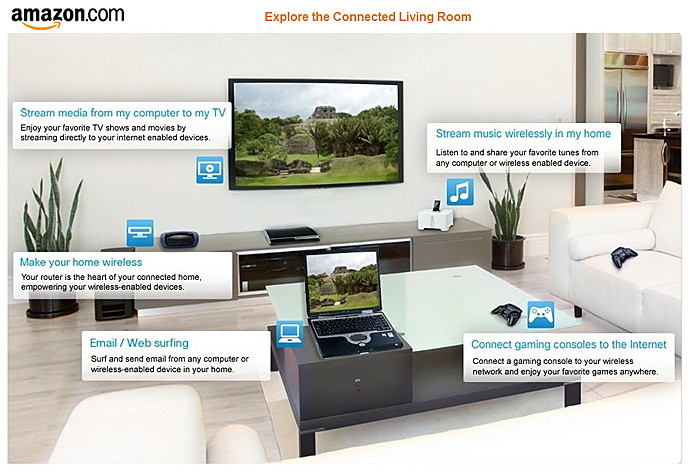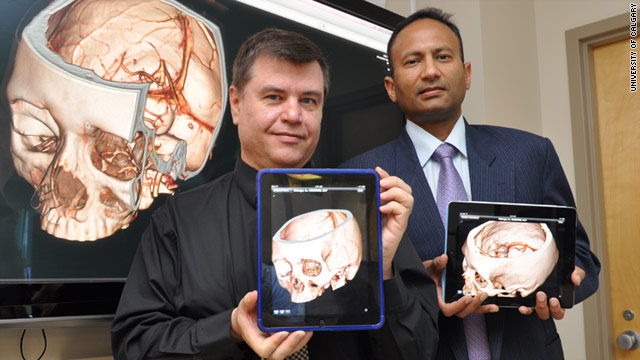K-12 budgets begin shift toward cloud — from The Journal by David Nagel
Excerpt:
K-12 schools in the United States are beginning to shift their IT budgets toward cloud technologies. According to new research released today, institutions will spend more than a quarter of their IT resources on the cloud within five years.
K-12 Cloud Adoption Trends
The research, “CDW-G 2011 Cloud Computing Tracking Poll,” conducted by O’Keeffe & Co. on behalf of CDW-G, found that the vast majority of K-12 institutions are using some form of cloud technology, though most don’t seem to know it. In fact, only 27 percent of respondents to the survey conducted for the report identified their institutions as cloud adopters. But a full 87 percent reported that their institutions use one or more technologies that are based in the cloud, including:
- Google Docs: 57 percent;
- Gmail: 39 percent; and
- Microsoft Office Live Meeting: 9 percent.
…
According to the research, the most popular categories for cloud applications among adopters include:
- E-mail: 50 percent;
- File storage: 39 percent;
- Web conferencing: 36 percent;
- Online learning: 34 percent; and
- Videoconferencing: 32 percent.























